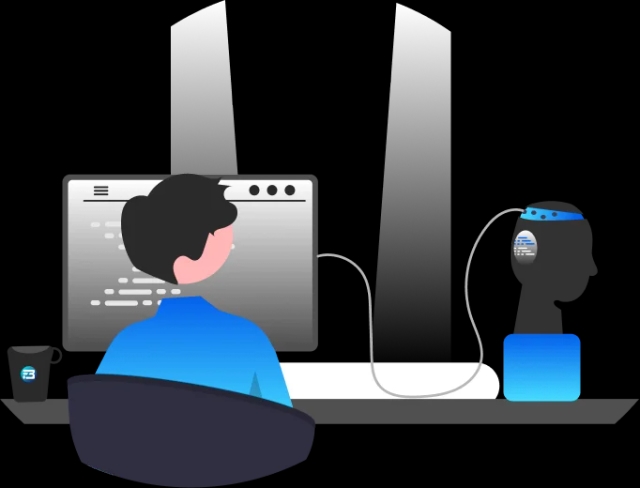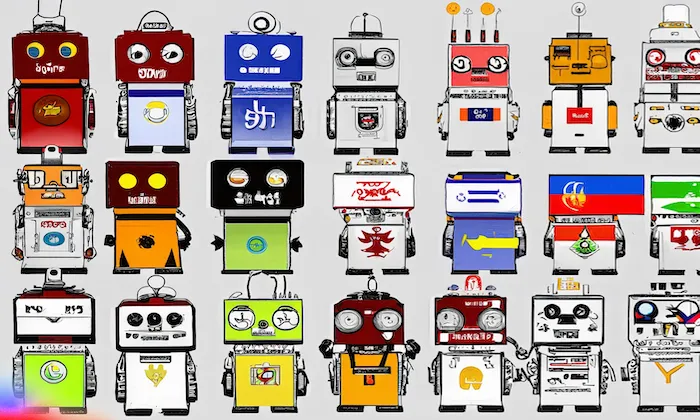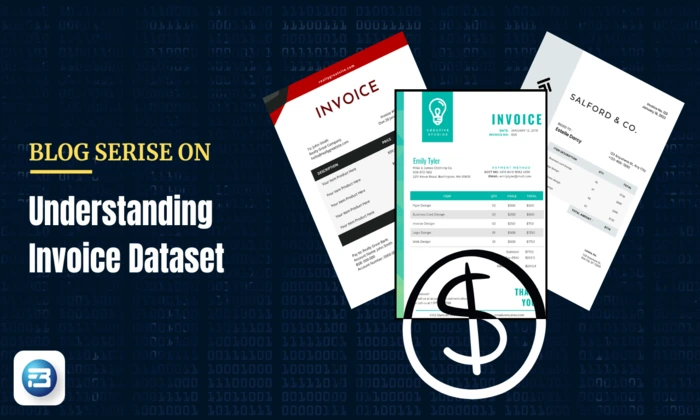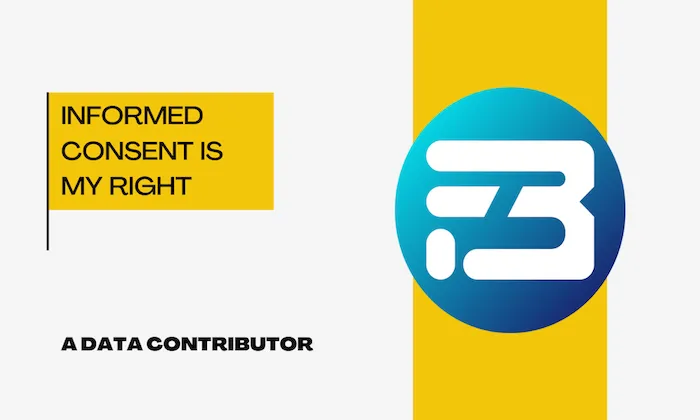What Is the Typical Speaker Ratio in Call Center Datasets?
Speaker Ratio
ASR
Dataset Analysis
When designing conversational AI systems such as voicebots, ASR engines, or call analytics tools, it’s essential to understand not just what is said, but who says it. In call center environments, the speaker ratio refers to the number of participants in a call and their distribution across the dataset. This seemingly simple metric plays a critical role in training systems for speaker diarization, turn segmentation, intent modeling, and conversation flow analysis.
At FutureBee AI, we structure our call center speech datasets with detailed speaker labeling to support multi-speaker scenarios and realistic dialogue modeling. Whether you're developing a two-party assistant or a system that handles group calls with escalation scenarios, knowing the speaker ratio helps tailor your model architecture and training objectives.
Typical Speaker Configuration in Call Center Datasets
Standard Ratio: 1:1 (Customer–Agent)
The most common speaker ratio is 1:1, where:
- Speaker 1: Customer
- Speaker 2: Support agent
This ratio accounts for approximately eighty-five to ninety percent of inbound and outbound calls across sectors. In this setup:
- Conversations alternate in turns
- Dual-channel stereo recordings are often used (customer on one channel, agent on another)
- Simplifies speaker diarization and intent-response modeling
This structure is ideal for training:
- Basic ASR systems
- Rule-based or retrieval-based chatbots
- IVRs
- Sentiment or escalation detection models
Extended Configurations
1:2 or 2:1 Supervisor Escalations
A single customer may interact with both a frontline agent and a supervisor.
- Common in banking, telecom, and grievance redressal
- Models must detect speaker shifts and adapt to changing context
2:2 Multi-Agent or Three-Way Calls
Includes agents, supervisors, and back-office representatives.
- Relevant for enterprise service centers and BPO operations
- Supports training on interruption handling and multi-party dialogue flow
1:n Broadcast or Group Support Scenarios
Seen in townhall calls, webinars, or onboarding sessions.
- Requires complex labeling with voice ID tagging and speaker diarization
- Less frequent, but valuable for group interaction modeling
At FutureBee AI, all these structures are supported through robust metadata design and speaker annotation protocols.
Speaker Labeling and Metadata
Each of our datasets includes:
- Turn-Level Speaker Labels: Every utterance is linked to a specific speaker
- Role Metadata: Defines whether the speaker is a customer, agent, supervisor, or system
- Channel Mapping: Stereo recordings are aligned with speaker roles
- Speaker ID Continuity: Maintains consistency across long or overlapping calls
These attributes power accurate training of:
- Speaker diarization models
- Call summarization systems
- Emotion and sentiment analytics
Training Implications of Speaker Ratio
Understanding speaker distribution impacts multiple AI training dimensions:
- Diarization Accuracy: Balanced 1:1 datasets provide strong baselines but require augmentation for multi-speaker realism
- Turn Prediction: Influences timing and logic of conversational agents
- Sentiment Analysis: Differentiates between customer frustration and agent professionalism only when speaker roles are clearly defined
Conclusion
Speaker ratio is more than a data point, it is a core design factor for voice AI systems. At FutureBee AI, we deliver call center speech data with clearly labeled speakers, roles, and ratios. Whether you are building a basic IVR or a dynamic multi-agent interface, our datasets are engineered to reflect how conversations naturally unfold, speaker by speaker, turn by turn.
Explore our AI data collection and annotation solutions to build voice systems that understand not only what is said, but exactly who said it.
What Else Do People Ask?
Related AI Articles
Browse Matching Datasets
Acquiring high-quality AI datasets has never been easier!!!
Get in touch with our AI data expert now!








